Happy Halloween!! Today I'm recycling the pumpkin blog from 2016 and updating it with my first attempt at making a video to bake your own fresh pumpkins.
I hope you enjoy the video and have a great halloween. I'm heading off to go trick-or-treating with my sweet grandchildren. Enjoy!
Pumpkin, that antioxidant rich orange vessel providing us with beta-carotene, which converts into vitamin A, and much more nutrition than you ever imagined!
Over the last few years, one of my new favorite family traditions has been that in mid-October I buy pie pumpkins, bake them, using the Joy of Cooking cookbook recipe, puree it, and freeze it (see video below). This process is finished off when, the night before Thanksgiving, my youngest daughter arrives home for her holiday visit and, with the Joy of Cooking by our side, she and I make four scrumptious pumpkin pies for our wonderful family Thanksgiving dinner.
Now, don’t get intimidated thinking that, if you want pureed pumpkin, you have to bake the pumpkins from scratch. You can buy precooked canned pumpkin, just make sure it is plain pumpkin without anything added to it. Additionally, some countries sell frozen pumpkin chunks to use in cooking but I was unable to find any available in the U.S. They may be out there, so if you know of where you can find them, please post a comment with the information, thanks.
It’s amazing how many wonderful ways pumpkin can be enjoyed. Whether it is baked in a pie, starring in my sister’s beautiful gluten-free pumpkin caramel cupcakes, sautéed in a stir fry, featured in pancakes, used as a side dish, pureed for a creamy soup, whipped up in a smoothie, or using its seeds to roast for a delicious snack; you just can’t beat what it has to offer your body.
The nutrition facts label for pumpkin is quite impressive. Keep in mind, when reading the label, that if each serving provides 5% or less of the %DV (daily value), it is considered low in that specific nutrient and, if it is 20% DV or more, it is considered high in that specific nutrient.
Pumpkin provides us with many nutrients, however I've only listed some of them below.
Serving Size: 100 grams (approximately 1/2 cup) canned baked pumpkin without salt
- Calories: 34
- Fat: 0 grams
- Protein: 1.0 gram
- Carbohydrate: 8 grams / 3%DV
- Fiber: 3 grams / 12% DV
- Vitamin A: 311% DV
- Vitamin C: 7% DV
- Calcium: 3% DV
- Iron: 8% DV
- Vitamin K: 20% DV
* Source: nutritiondata.self.com
It is important to note that the nutrient information for the pumpkin seeds is for whole seeds, not shelled or hulled. If they are shelled, outer part removed, that completely changes the nutrition information values.
Serving size: 28 grams (approximately 85 whole pumpkin seeds) without salt
- Calories: 126
- Fat: 5.5 grams / 5%DV
- Protein: 5.0 grams
- Carbohydrate: 15 grams / 5% DV
- Fiber: 5.2 grams / 22% DV
- Vitamin A: 0% DV
- Vitamin C: 0% DV
- Calcium: 2% DV
- Iron: 5% DV
- Zinc: 19% DV
- Phosphorus: 3% DV
- Copper: 10% DV
- Magnesium: 19% DV
- Manganese: 7% DV
- Potassium: 7% DV
*Source USDA National Nutrient Database combined with information from Nutritiondata.self.com
Below, are some resources for you to try using pumpkin and pumpkin seeds today.
Be creative, and most of all, enjoy!
Prepare and Freeze Fresh Pumpkin Easily! http://farmersalmanac.com/food/2007/11/05/prepare-and-freeze-fresh-pumpkin-easily/
Healthy Pumpkin Recipes that even includes a pumpkin burger!! http://www.eatingwell.com/recipes/19315/ingredients/vegetables/pumpkins/
7 Healthy Ways to Enjoy Pumpkin Seeds This Fall http://bostinno.streetwise.co/2014/10/20/healthy-recipes-using-pumpkin-seeds-easy-pumpkin-seed-recipes/
Homemade Frozen Pumpkin Cubes & 10 Ways to Use Them http://www.crunchycreamysweet.com/2012/10/25/frozen-pumpkin-cubes-10-ways-to-use-them/



